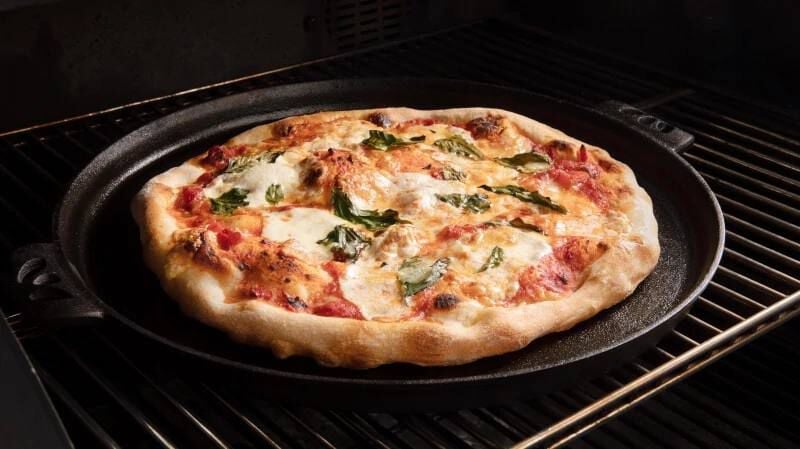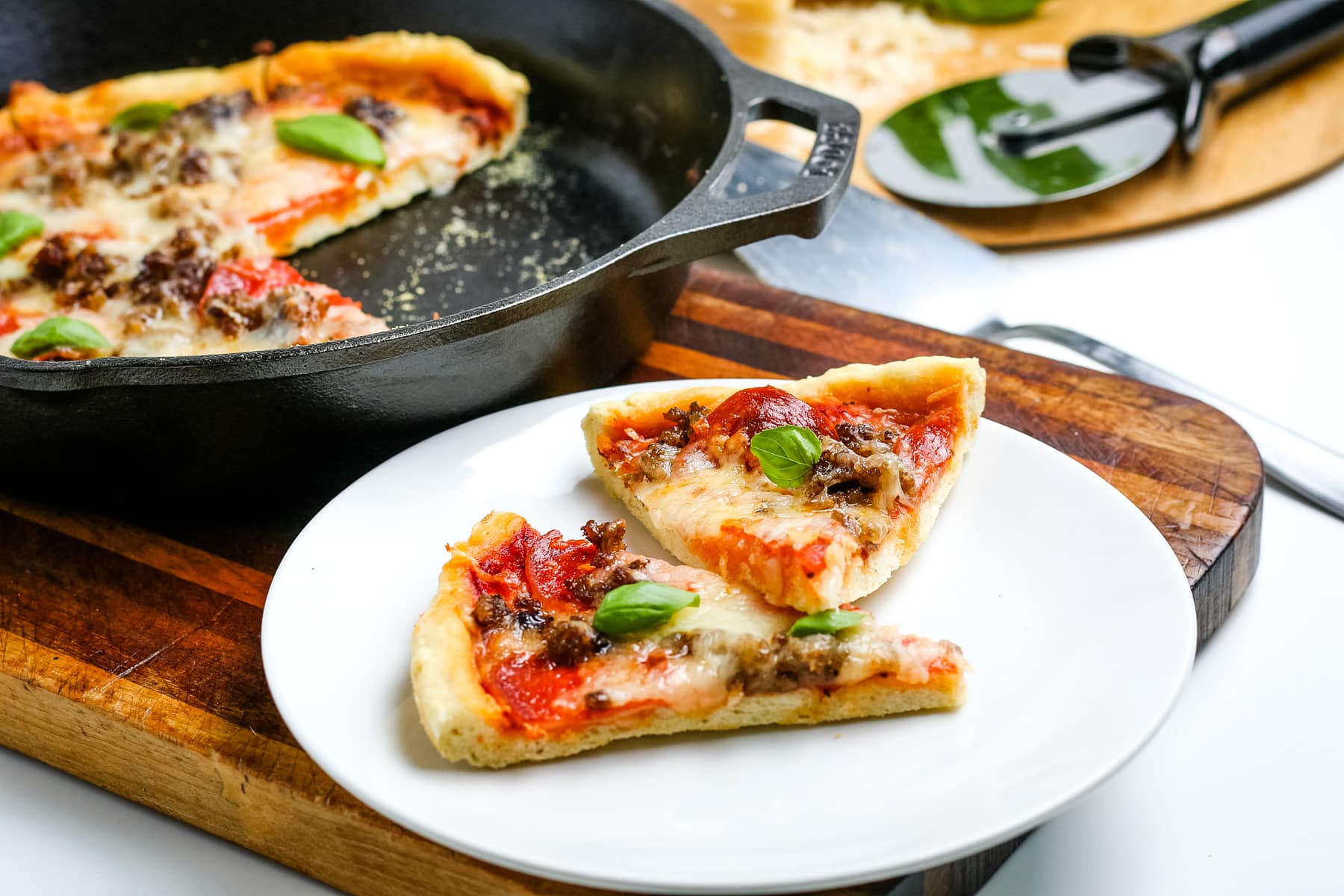For kitchen professionals, understanding how baking stones work can dramatically elevate your baking game, transforming ordinary recipes into extraordinary culinary creations. Baking stones, often referred to as pizza stones, have been a staple in professional kitchens. But what makes these stones essential?
Many chefs swear by baking stones due to their remarkable ability to produce perfectly cooked crusts and even heat distribution. Let's delve deeper into the science of baking stones and uncover the secrets lying beneath their unassuming surfaces.
:max_bytes(150000):strip_icc()/pizza-stone-testing-winners-the-original-baking-steel-wdickey-7-63-0eab155b17994dcc94fe89c908bab57d.jpg)
The Basics of Baking Stones
At their core, baking stones are flat pieces of natural stone (often made of ceramic or cordierite) that mimic the conditions of a traditional brick oven. By placing the stone in the oven, it absorbs heat and radiates it evenly across its surface. When you place dough on a hot baking stone, the stone's stored heat is transferred to the dough.
This process ensures that the bottom of the dough cooks at a rate consistent with the topside, resulting in perfectly browned crusts. This evenness is crucial, especially when you're aiming for professional-level bread or pizza crusts.
Heat Retention & Even Cook
Baking stones are celebrated for these two main reasons their ability to retain and evenly distribute heat. When you look at baking stone temperature guides, you'll find that these stones can hold significant amounts of heat due to their dense structures.
This characteristic means that the stone returns to the optimal cooking temperature even after placing cold dough on it. This re-heating attribute prevents the need to adjust oven temperatures during baking, providing consistency to the bake cycle.
Porosity and Moisture Absorption
An underrated feature of baking stones is their porosity. This intricate internal structure aids the baking process by drawing moisture from the outer layer of the dough. Particularly with pizzas and artisanal bread, this helps achieve that irresistible crispy crust.
Moreover, using stone bakeware effectively necessitates understanding how to harness its porosity. The stone's ability to absorb moisture is why many kitchen professionals often recommend preheating the stone for at least 30 to 45 minutes.
Maintaining Your Baking Stone
Proper care will ensure your baking stone has a long lifespan and continues to perform at peak efficiency. Generally, it is recommended to avoid using soap on these stones as it can affect the porous surface, affecting flavor absorption.
Instead, allow the stone to cool before using a scraper or spatula to remove any stuck-on particles. More comprehensive maintenance tips can be found on platforms such as Bread and Buzz where they delve deeper into optimal baking stone care.
Beyond Bread and Pizza: Versatility Unlocked
While pizza is often the first thing that comes to mind when talking about baking stones, these tools are incredibly versatile. From roasting vegetables to delicately baking fish, a baking stone provides a consistent cooking surface that thrives across different culinary scenarios.
It's this versatility that has many chefs turning to baking stones as a multi-functional tool in their kitchens. Whether you're making delicate pastries or hearty casseroles, the stone provides an even and robust cooking platform.
:max_bytes(150000):strip_icc()/pizza-stone-testing-winners-lodge-pre-seasoned-cast-iron-baking-pan-wdickey-3-02-a8dc06f53f5d4be89d55a499294de19b.jpg)
Frequently Asked Questions
Why does preheating the stone improve results?
Preheating optimizes the stone's heat retention capabilities, ensuring even baking and the perfect crust by replicating a commercial oven environment.
Can I use a baking stone for frozen foods?
Yes, a baking stone is perfect for frozen pizzas and foods, as the even heat distribution aids in proper, consistent cooking.
How do I prevent food from sticking to the stone?
Using a light dusting of cornmeal on the stone or parchment paper provides a non-stick surface while enhancing crust flavor profiles.
Learn more about choosing the best baking stones and other tips on using them efficiently by exploring available resources or heading over to Culina Cooks.
This article contains affiliate links. We may earn a commission at no extra cost to you.






Leave a comment
This site is protected by hCaptcha and the hCaptcha Privacy Policy and Terms of Service apply.